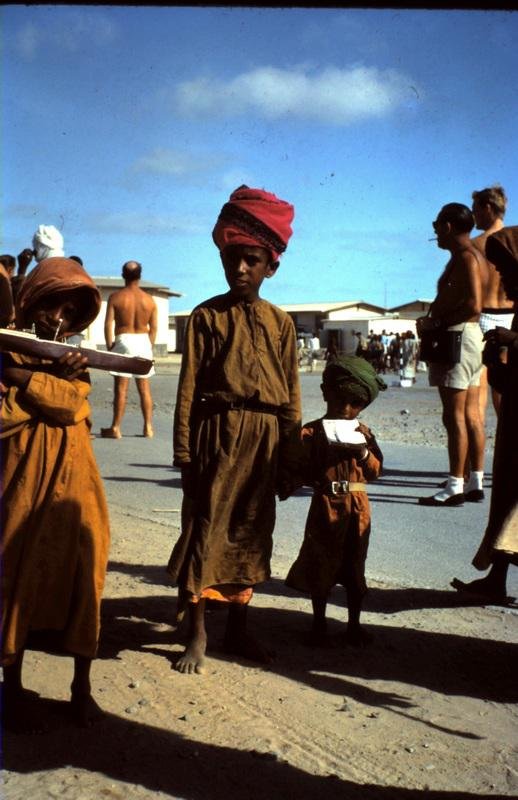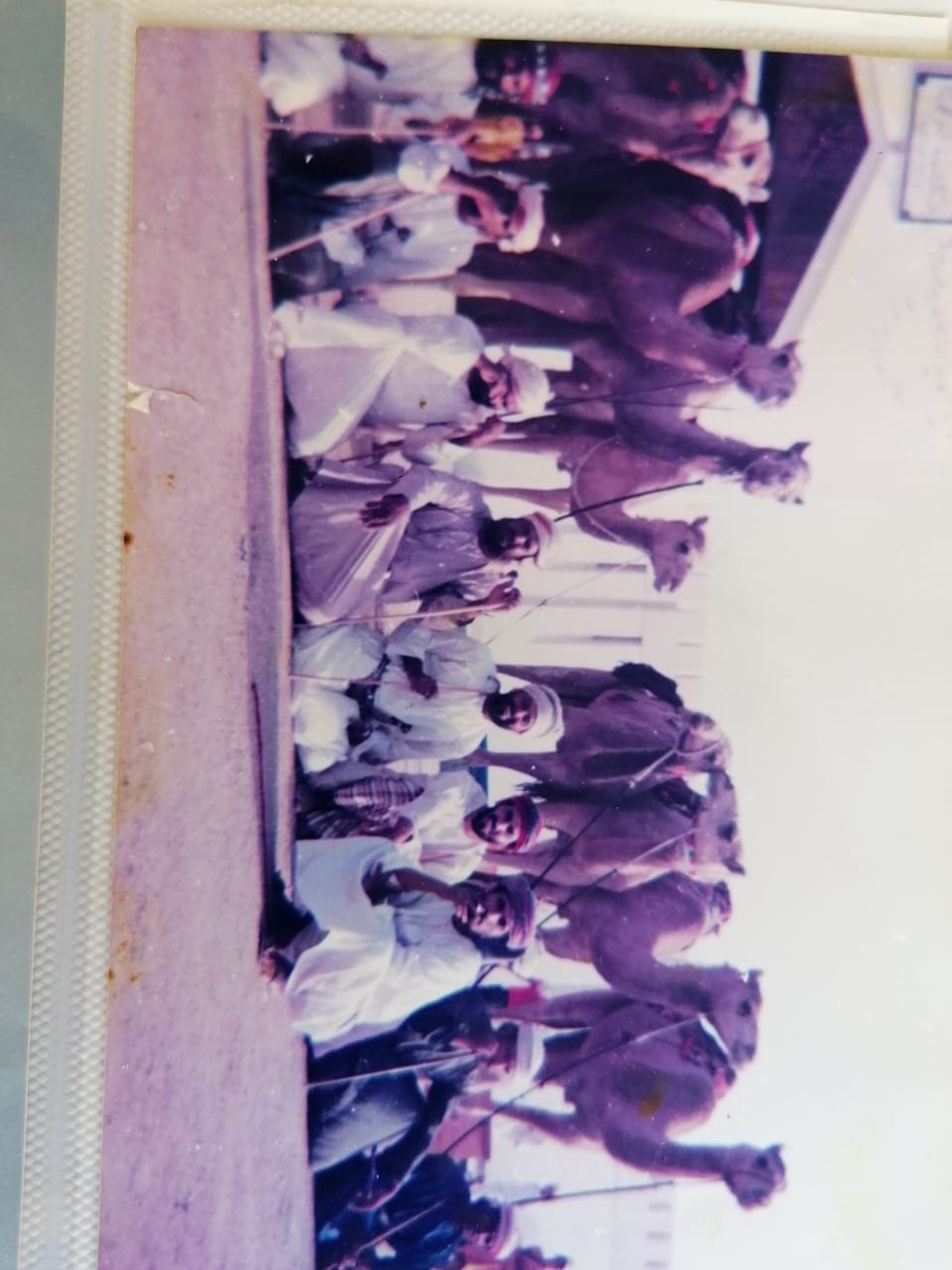



About 3 hours from the capital and many more hours from other corners of the UAE lies a vast space of numerous dunes we all call Liwa. There is a special place in every off-roaders heart with a significant LIWA 2018 sticker embedded - without a doubt. It is a destination on every foreigner's bucket-list when they head towards this part of the world - partially due to the bloggers that take windowsill photos from Qasr Al Sarab overlooking the dunes. Little do they know that that's all there is and the chances of seeing a mystic revelation are zero. The actual purpose of this piece is a more geographical learning of how sand travels and why our cars are victims of ruthless layers of Liwa.
Realistically, I would presume the stories that came out of the Empty Quarter paint a picture of grandeur for the travelers only because of the harsh climate that lacks vegetation. Maybe this is why we're so appealed to the stories of struggle in the past. We learnt about it in school, through our books and the standard orally shared stories of Bedouin journeys through these lands that have restructured the nations we currently belong to. Tribal matters went down among the dunes we now wander through, humanity crossed what we now drive through on foot. They utilized the height of the dunes as hiding mechanisms and understood human anatomy to predict performance. Now, why in the world are the dunes a resemblance of canyons and what determined the coloring of rich red and orange with an underlying beige color tone for this landscape?
If you've been in the UAE long enough, you would know there have been numerous research projects that aimed to solve lots of mysteries about these lands from archeological finds in the plains of Umm Al Quwain to the fort discoveries in Al Ain and the cultures that lingered such as Umm Al Narr in Abu Dhabi. Geologists were sent to study the Empty Quarter at the time (a guy named Hal McClure, to be more precise) who initially brought about the first understanding of how the dunes formed and where they came from.
The Very Beginning (or so they say)
I am going to refrain from using time period titles that will make this writing more complex and just say "times long long ago" instead. According to the studies, the Empty Quarter was created around 2 million years ago (in what they call the Quaternary Era which is this era of geological time scales). But this is just a prediction. Some other dude (John Whitney, to be more precise) says that the Empty Quarter started making a presence much longer ago. Our information is limited as to when it started forming but what good is that? It's obviously here now.
Ruthless Dune Formation
The wind is your best bet in this case. Transportation of sand is usually caused by strong winds both from the sea and inland. One of the main indications of direction when in the desert is the direction of the dune. If you are standing in front of a line of dunes and there are more crests facing in land know that you are facing the sea (as sea bound winds are stronger than inland winds). If we zoom out of the Arabian Peninsula map, you will notice how the Empty Quarter is surrounded by mountains from East, South & West with an open window of the Gulf Sea from the North. This allows the sand to remain in the area when the wind decides otherwise.

The Gulf Sea Movement
Theory says that the North had a few pressured glacier caps that decided to intervene with the climate around the Middle East. The sand available at the bottom of the Gulf Sea was forcibly pushed into the corner mentioned above due to the fluctuating water levels. The sand called the corner home and is now a landscape that seeps into Oman, Yemen, UAE & Saudi Arabia.
The Journey of Sand
As you can see in the map above, we have a variety of color tones of sand as we navigate the country. Lighter in the middle, a little darker around the edges closer to the mountains and white towards the sea. This allows us to deduct that material has been mixed with the sand according to the neighboring terrains such as corals by the sea, dark stone by the mountain ranges and a base of plain sand in the center (almost untouched). Geologists will tell you red sand is the byproduct of iron oxide from rock that has deposited itself in sand. A clear example is the landscape across the Abu Dhabi - Al Ain highway with red sand dunes that are 500m high. Towards the sea line, we experience harsher sand that has mixed with coral through erosion. Along the coastal route to Liwa, we have flats of white sand almost unbearable to look at (tricked you for the Alps a little). Moral of the story, culture and sand have no difference - their composition is highly dependent on surrounding influences.
That, my beautiful Wanderers, is only the beginning of a long history of stories that these dunes hold. We must always remember the importance of understanding why things exist the way they do to better appreciate and maintain what already exists.
- Wander.
Photo courtesy of Obaid Al Budoor